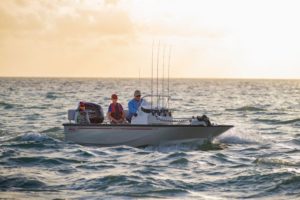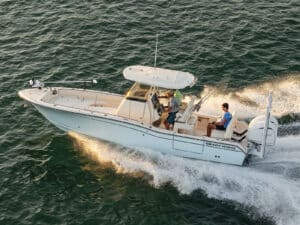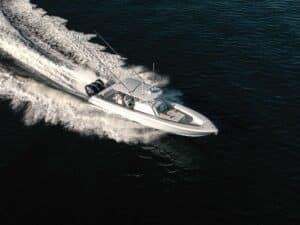
Summer fishing on my home coast turned exceptional a few seasons ago — so good that by late morning on many days, we had run out of live bait. The standard 40-gallon live-bait capacity aboard my 21½-foot center-console fishing boat just didn’t hold enough liveys to get three anglers through an entire day of fishing. So we either left in search of more bait, or we resorted to less-productive artificials.
Determined to boost my live-bait volume and catch more fish with live bait (and release them), I commissioned the installation of an extra free-standing 28-gallon fiberglass livewell in the middle of the aft cockpit. It was a wise move. While the above-deck livewell takes up a bit of fishing space and adds substantial weight when full, it keeps the crew well supplied with ammo and live chum baits.
Anyone with even a slight bit of deck space can add extra bait capacity too. Here are solutions and factors to consider.
Determining the Right Livewell Size
Many anglers who commit to the idea of adding a well tend to go big. After all, you don’t want to short yourself on bait again in the future. Yet, keep in mind that seawater weighs 8.55 pounds per gallon. So the 28-gallon tank on my boat adds 239.4 pounds, excluding the weight of the tank itself and any plumbing or pumps. Also remember that the larger the well, the less deck room remains available for crew movement and fishing.
Selecting a Livewell Location
The best location for an extra livewell hinges on a few factors, but on boats less than 30 feet in length, one of the most important is balance: side-to-side and fore-to-aft. All boats are built around a center of gravity (COG) for optimum performance and safety. Yet a full livewell on a small boat might shift the COG, resulting in a boat that performs poorly, displays a list, or is too heavy in the bow or stern.

To see how an additional livewell might affect performance and trim, try adding a similar amount of weight in the form of sand bags (bundled in plastic trash bags to contain the mess). You can then move these from place to place to see how the extra weight will affect the boat.
Another factor is access from below deck to the underside of the well, particularly if this is where you plan to route plumbing. Mounting the well over a fuel tank, for example, might hamper access, as there is usually very little space between the top of the fuel tank and the underside of the deck.
Livewell Shapes
The location and specifically the available deck space for the livewell will guide your decision on the shape of the tank. Generally speaking, free-standing wells are available in round or oval cylinders, though some take the shape of tapered cubes. One of the critical factors is the footprint.
For example, the round 26–gallon Pacific Edge Chovy Master CM 1.5 well (about $220) occupies just a 20-inch circle, allowing you to fit it almost anywhere. Durable roto-molded polyethylene construction means this 2-foot-tall tank is lightweight too.
If you have a bit more space, an oblong well such as the 32-gallon Kodiak ProFlow PF-32 (about $326) might suit your needs. Its footprint measures 17¾ inches by 26 inches. This 26¼-inch-tall tank also features polyethylene construction.
Some boat owners prefer the look of a fiberglass livewell that’s gelcoated to match the boat’s interior. Blue Water Bait Systems offers a wide selection of oval and cubicle fiberglass tanks ranging from 20 to 175 gallons, any of which can be gelcoated to match your boat’s interior. The company’s 40-gallon BW-40S cubicle well (about $830) occupies a 21-inch-square footprint. It’s 30 inches tall.
You can also buy wells that are divided. For example, the Pacific Edge PE-60D (about $1,600) offers 30 gallons on each side, allowing you to separate hardy baits such as goggle-eyes or mackerel from delicate species such as ballyhoo or sardines.
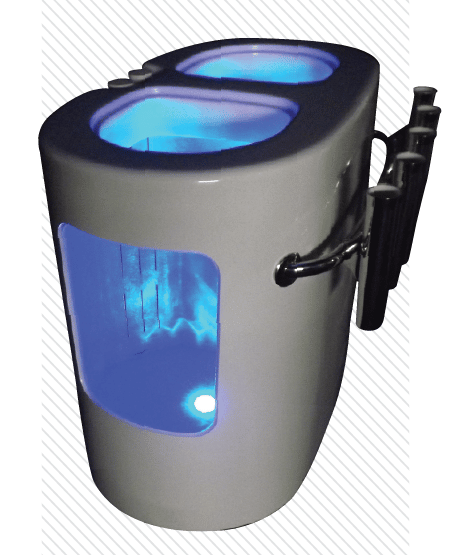
Keeping a Livewell Safe and Secure on Your Boat
Whether you consider the installation of a livewell permanent or temporary (so you can remove it when not needed to create more deck room), securing the tank is paramount in preventing it from sliding or tipping over in rough seas. Permanent fiberglass models are usually screwed to beefy solid-fiberglass L-brackets or fiberglass-encapsulated wood joists, which are mounted to the deck inside the base of the livewell.
Polyethylene livewells, on the other hand, are usually secured with small metal L-brackets outside the tank. Threaded fittings molded into the base and low-profile, threaded deck fittings let you bolt or unbolt the tank.
How to Plumb a Livewell Right
Proper plumbing represents one of the most critical factors when installing an extra tank, not only in keeping live bait healthy, but also in preventing the tank from overflowing and swamping the deck.
On my boat, the rigging crew was able to tie in to the existing live bait pump and plumbing system, but in some cases, an additional pump, high-speed pickup and seacock might be required to adequately supply the new well with circulating seawater.
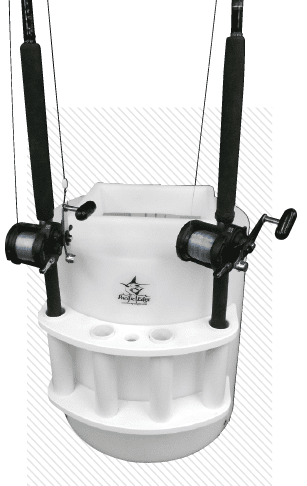
Also, plumbing for the outflow must be well engineered. Water exits from a screened drain near the top. To avoid an overflow, the drain hose needs to be about twice the diameter of the inbound hose. So if you have a 1-inch-inside–diameter feed hose, for example, you need a 2-inch-inside-diameter drain hose.
For a permanent well, the drain hose runs below the deck and is connected to a through-hull fitting at or just below the waterline. For the outflow of a temporary well, you can use a simple hose to dump water over the gunwale.
Because of the intricacies of creating just the right water flow, and installing various fittings below the waterline that are safe and secure, I highly recommend hiring an expert in boat-rigging and live-bait systems to install your new livewell. Expect to pay -anywhere from $500 to $1,500 for such professional rigging assistance.
Converting a Boat’s Fish Locker
Free-standing livewells are not the only option. Your boat might have a compartment that can serve as a livewell. Plumbing a fish locker in the transom, for example, might increase your live-bait capacity twofold, but it will also decrease the boat’s stowage capacity.
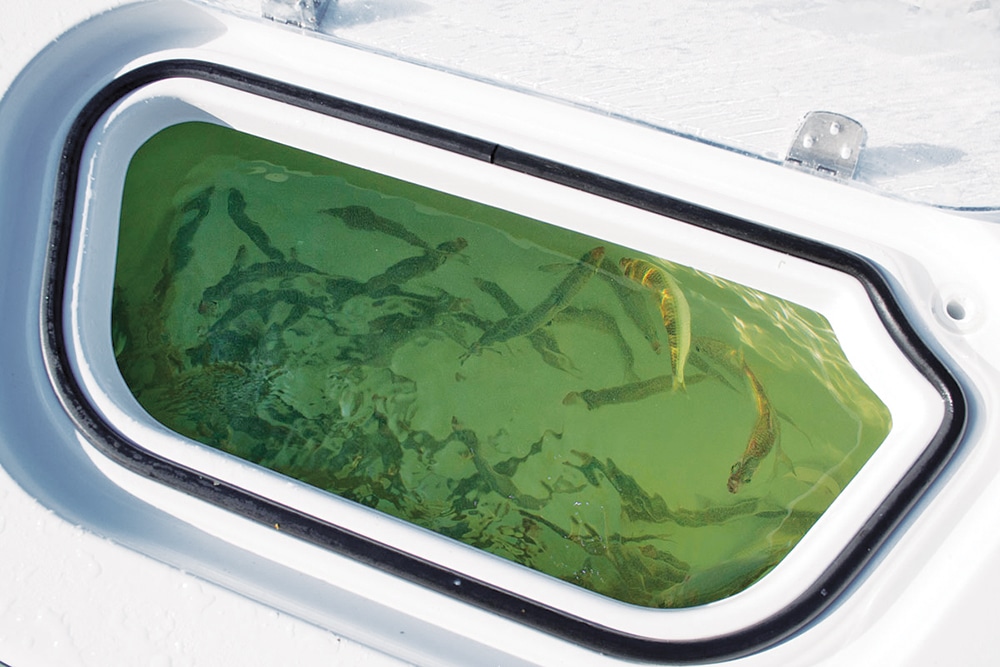
Similarly, in-sole lockers can be converted to below-deck tanks. In either case, expert rigging assistance helps ensure a successful conversion, especially when it comes to introducing seawater in a manner that sustains live bait, as well as releasing overflow water without flooding the deck.
Whether you choose to convert a locker or add a free-standing well, boosting your live-bait capacity can also boost your fish count. And that certainly spells success.

